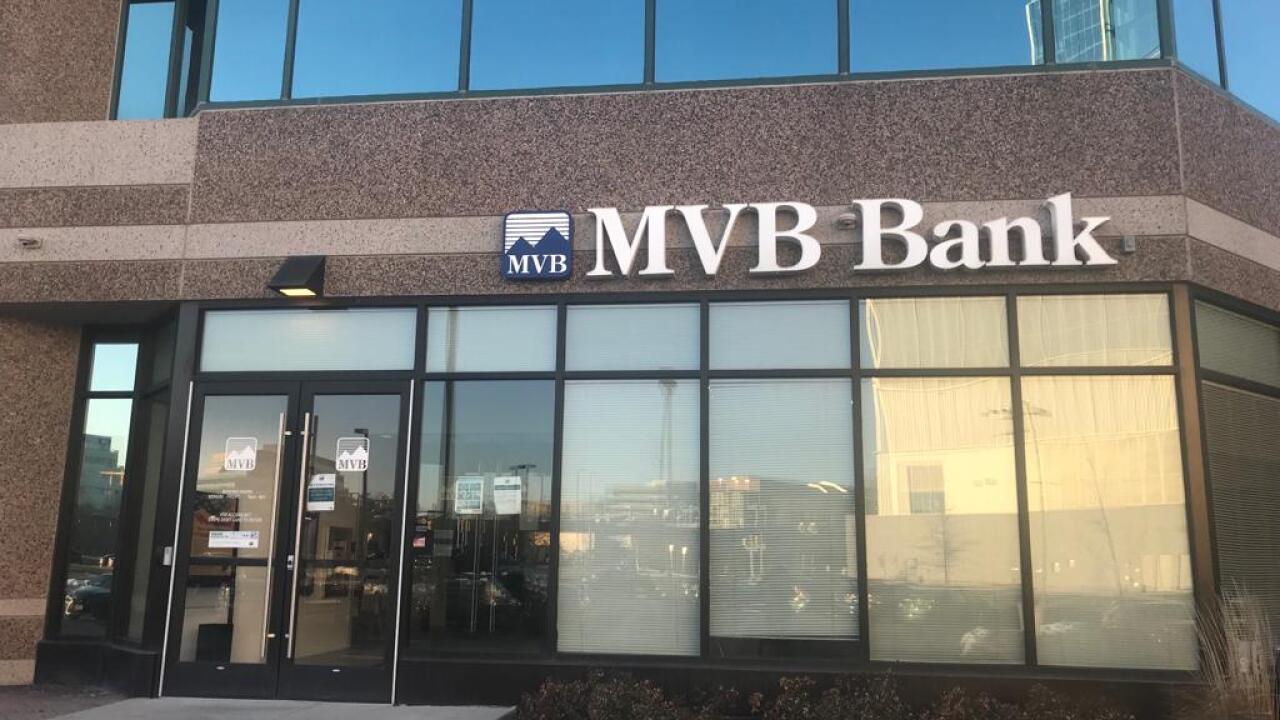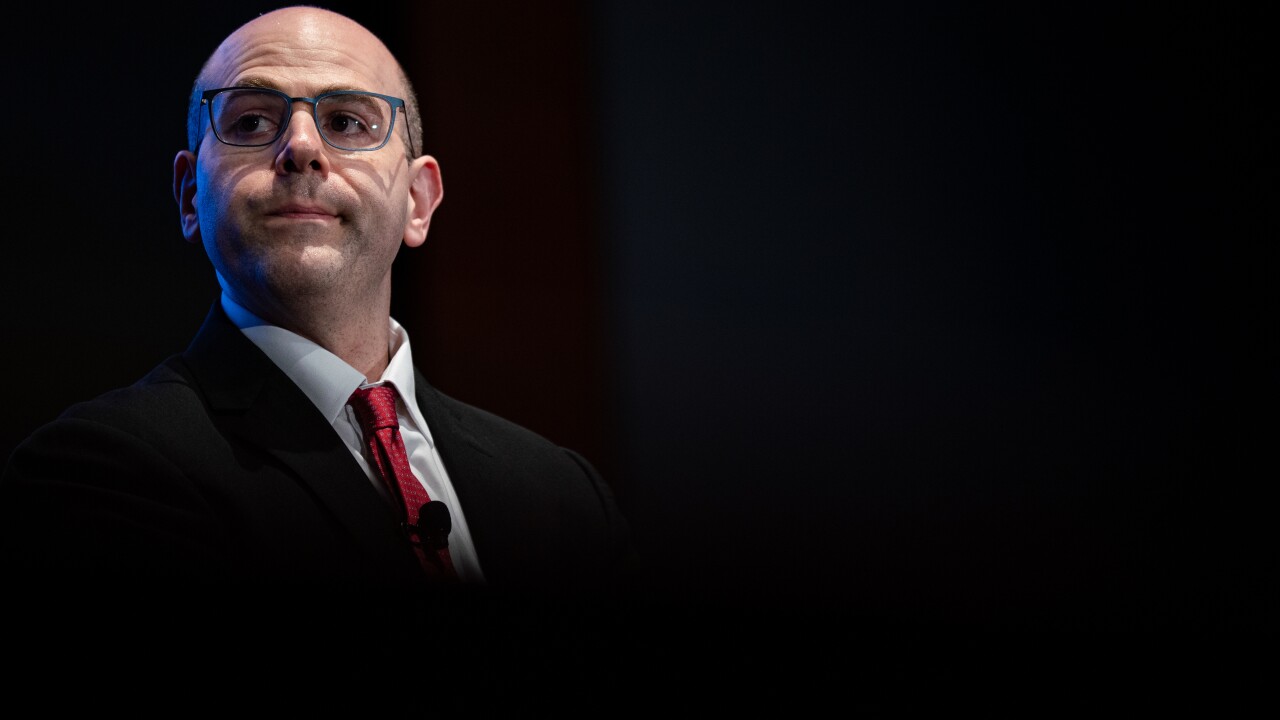The anxiety that a crook is using a lost or stolen card can be a powerful lure to mobile technology, Citigroup has learned.
Card controls that can mitigate fraud and unauthorized use such as card "freezes" are not only popular, but they can encourage broader use of emerging mobile technology that can pay off later, said Alice Milligan, chief customer and digital experience officer for Citi Global Cards, a business line tasked with tracking consumer preferences for new digital technology.
"There's an overall increase in usage and engagement," Milligan said. "We're seeing customer coming back and using digital features more often than they have in the past."

Milligan, who joined Citi Global Cards in 2014 after a one-year stint at the handbag maker Coach and a 15-year run at American Express, supervises a team of 450 developers, researchers and data analysts at the
The group's job is to dive into data and study consumer preferences to come up with ideas for new products. "We then take that globally, sharing those best practices in markets depending on the maturity or level of development in that market," Milligan said.
In the past year, Milligan's team launched 86 digital features, including in-app dispute functionality and a replacement card tracker. As a result, Citi Mobile App downloads have doubled, according to the bank.
Many of these new features demonstrate a broad consumer preference for service that promises safety through a mobile app's ability to quickly make changes to accounts or to protect users. In late 2016, Citi introduced a
Citi quickly followed its card-locking feature with products that are less common. The bank's
Another feature allows consumers to use a mobile app to change card information with merchants through an easier navigation. The app also allows users to request a replacement for a lost card within a minute rather than dialing the call center.
"We thought the status tracker would be the first feature that we would launch, to get the new cards in consumers' hands faster," Milligan said. "But we found that the most important thing to them was making sure the card they lost wasn't getting used. So we launched the lock first."
The bank's card-locking app has been used more than a million times since launch, with more than 70% of that activity coming via the bank's mobile app (the rest is online).
Servicing is also migrating, with more than 90% of card customer service happening via the mobile app, versus about 30% at the beginning of 2016. And the bank's overall mobile payment user base has grown 21% between the end of 2015 and 2017. Additionally, for the "quick replacement" app, Citi's
The recent
"Bank marketers are finding security is a topic that sells. Long gone are the days when fraud and security were taboo topics," said Julie Conroy, a research director at Aite, adding research has found consumer security engagement is increasing, and banks are capitalizing on that trend. "With data breaches appearing in the headlines on a weekly basis, consumers want to feel protected and banks are responding."





